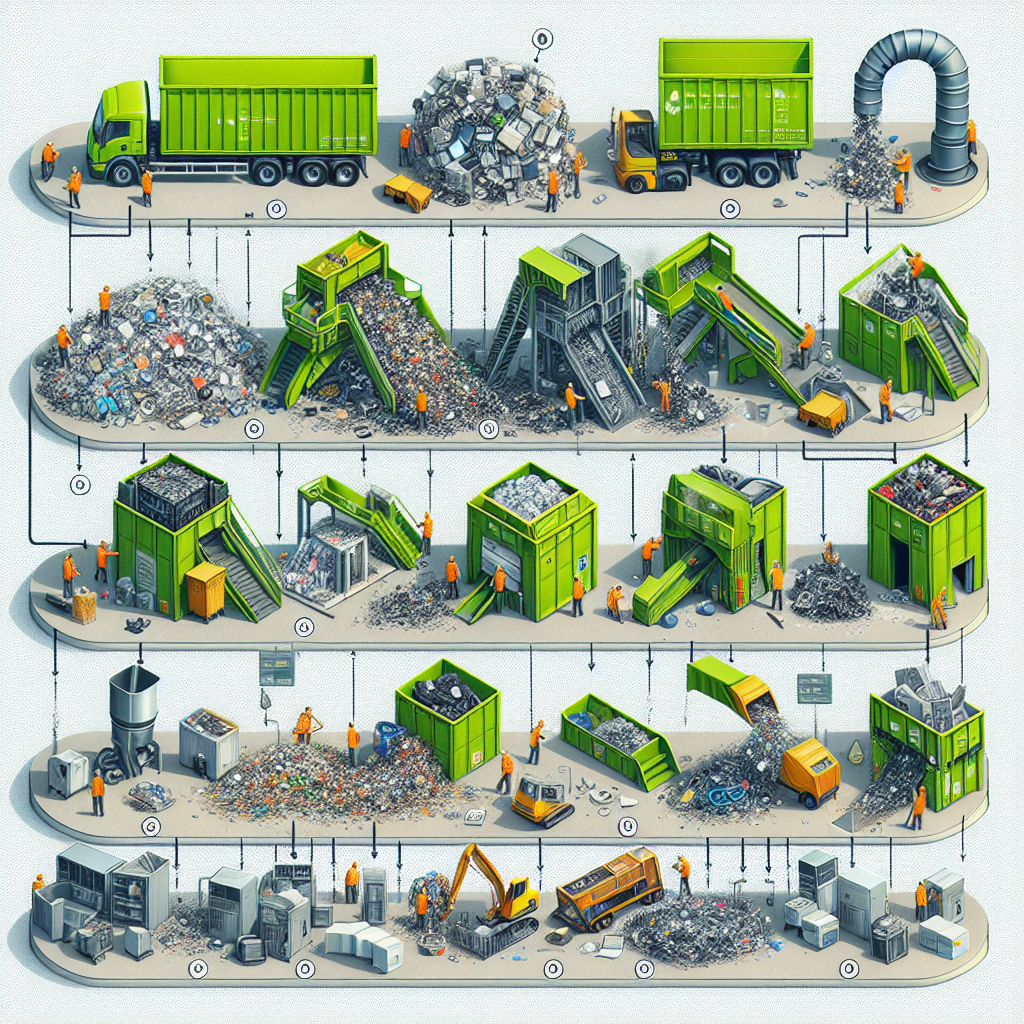Blog Ecobraz Eigre

How Electronic Waste Sorting Works Step by Step
Introduction to Electronic Waste Sorting
Sorting electronic waste is a fundamental step in the proper management process of these residues, allowing the separation of recyclable, reusable components and those that require safe disposal. As established by the National Solid Waste Policy (Law No. 12,305/2010), it is necessary to ensure the correct handling of these materials to minimize environmental impacts and risks to public health.
Step 1: Receipt and Registration of Electronic Waste
Upon receiving discarded electronic equipment, a detailed record is made containing the type, quantity, and condition of the items. This documentation is important for traceability, as determined by the National Information System on Solid Waste Management (SINIR - sinir.gov.br).
Step 2: Initial Sorting and Physical Separation
In the initial sorting, the waste is separated according to technical classification: electronic devices, cables, circuit components, electronic boards, and metal or plastic structures. At this moment, items that must be sent for special disposal, such as those with chemical or radioactive risks, are removed.
Step 3: Disassembly and Component Identification
The equipment is carefully disassembled to allow extraction of internal materials. An essential part of this step is the separation of components requiring safe disposal, especially hard drives (HDs) and other sensitive media. The correct procedure for secure sanitization of HDs and electronic media is aligned with security guidelines for protecting confidential data.
Step 4: Classification and Destination of Materials
After disassembly, materials are classified regarding their recycling potential (metals, plastics, glass), reuse, and disposal. Proper separation is required to comply with environmental regulations and ensure the return of recyclable materials to the production cycle, according to CETESB guidelines (cetesb.sp.gov.br).
Step 5: Proper Collection and Transportation
With the electronic waste sorted, specialized collection for transportation is carried out. Proper management is a fundamental strategy to prevent contamination and occupational risks. There is the possibility to schedule electronic waste collection, ensuring service according to current legislation.
Step 6: Registration and Final Report
To comply with legislation, a report containing data on volumes, material types, and final destination is produced. This document serves as proof of proper handling and may be required in environmental audits and inspections.
Final Considerations
Electronic waste sorting must follow rigorous protocols in accordance with the National Solid Waste Policy and other regulatory standards. Engaging in safe practices and adequate techniques reduces environmental impacts and promotes the sustainable reuse of resources.

Deixe um comentário
O seu endereço de e-mail não será publicado. Campos obrigatórios são marcados com *